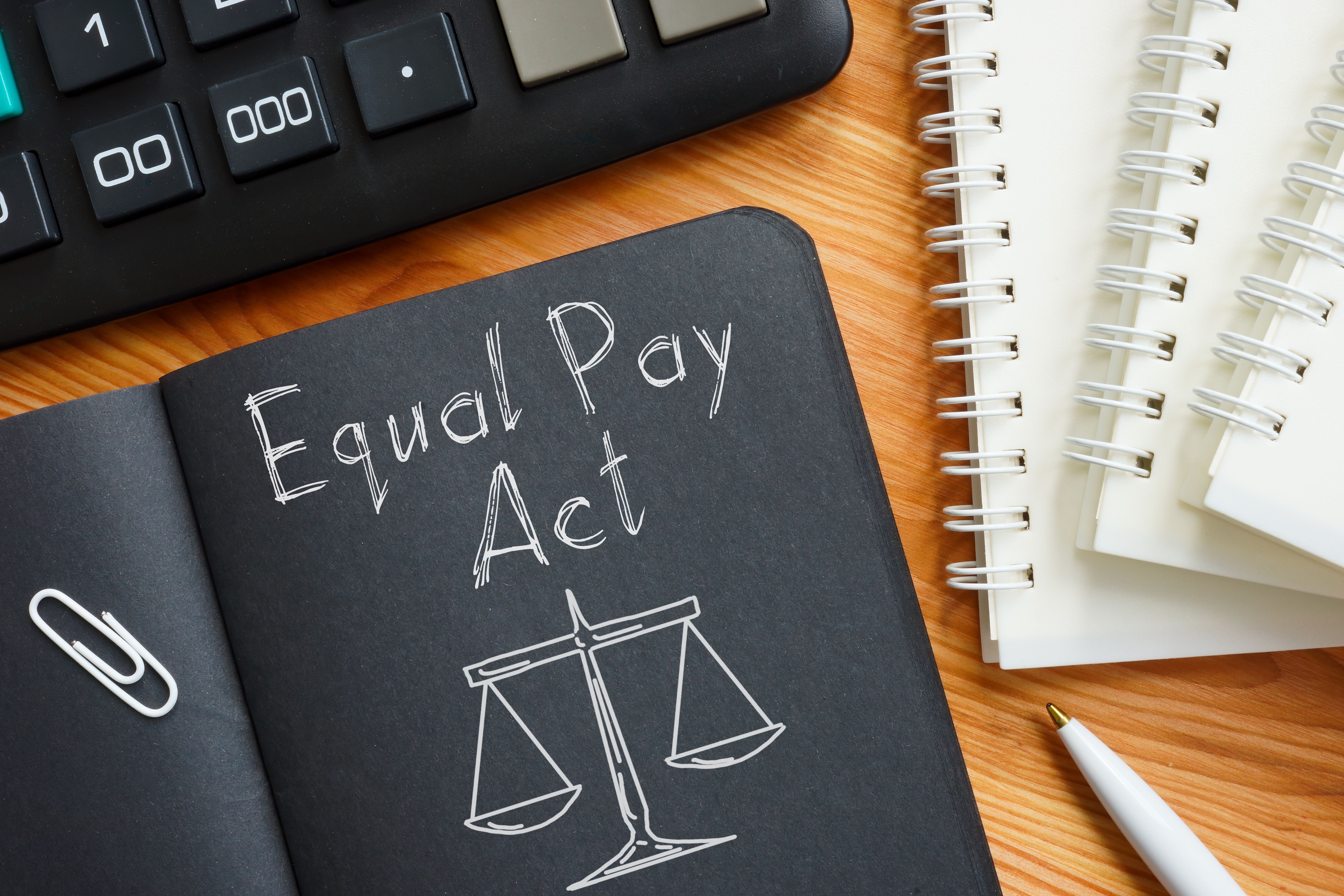Understanding the Equal Pay Act of 1963
Introduction to the Equal Pay Act of 1963
The Equal Pay Act of 1963 is a significant piece of legislation in the United States that aims to eliminate wage disparity based on gender. This law was enacted as an amendment to the Fair Labor Standards Act and was signed into law by President John F. Kennedy on June 10, 1963. Its primary goal is to ensure that men and women receive equal pay for equal work in the same workplace.
The act addresses the issue of wage discrimination by prohibiting employers from paying employees of one gender less than employees of the opposite gender when performing jobs that require substantially equal skill, effort, and responsibility under similar working conditions. The Equal Pay Act was a crucial step forward in the fight for gender equality in the workplace.

Key Provisions of the Equal Pay Act
The Equal Pay Act outlines several key provisions that are essential to understanding its impact and enforcement. It requires employers to provide equal pay for equal work, which means that job content—not job titles—determines whether jobs are substantially equal. The act covers all forms of compensation, including salary, overtime pay, bonuses, and benefits.
Several exceptions allow pay differentials based on factors other than gender. These include:
- A seniority system
- A merit system
- A system measuring earnings by quantity or quality of production
- Any factor other than sex
Impact and Importance
The Equal Pay Act has had a profound impact on the workforce by raising awareness about wage discrimination and laying the groundwork for future legislation aimed at promoting equality. Over the years, this act has been instrumental in empowering women and advocating for their rights in the workplace.

Despite its importance, challenges remain in achieving complete parity. The gender pay gap persists due to various factors, including occupational segregation and differences in work experience. Nonetheless, the Equal Pay Act continues to serve as a foundation for ongoing efforts to address these disparities.
Enforcement and Legal Recourse
The Equal Employment Opportunity Commission (EEOC) is responsible for enforcing the provisions of the Equal Pay Act. Employees who believe they have been subjected to wage discrimination can file a complaint with the EEOC within 180 days of the alleged violation. Alternatively, they may choose to pursue legal action in federal court.
If an employer is found to be in violation of the Equal Pay Act, they may be required to pay back wages, and in some cases, additional damages if the violation is deemed willful. This enforcement mechanism helps ensure compliance and accountability among employers.

Continuing Challenges and Future Perspectives
While progress has been made since the enactment of the Equal Pay Act, significant work remains to achieve full wage equality. Advocacy groups continue to push for stronger laws and policies that address the underlying causes of the gender pay gap. Education and awareness campaigns also play a critical role in promoting fair compensation practices.
Looking ahead, it is essential for businesses and policymakers to remain committed to fostering an inclusive environment where all individuals are valued equally. By building on the foundation laid by the Equal Pay Act, society can move closer to realizing true gender equality in the workplace.
HR+ Consulting - contact us for a consultation!